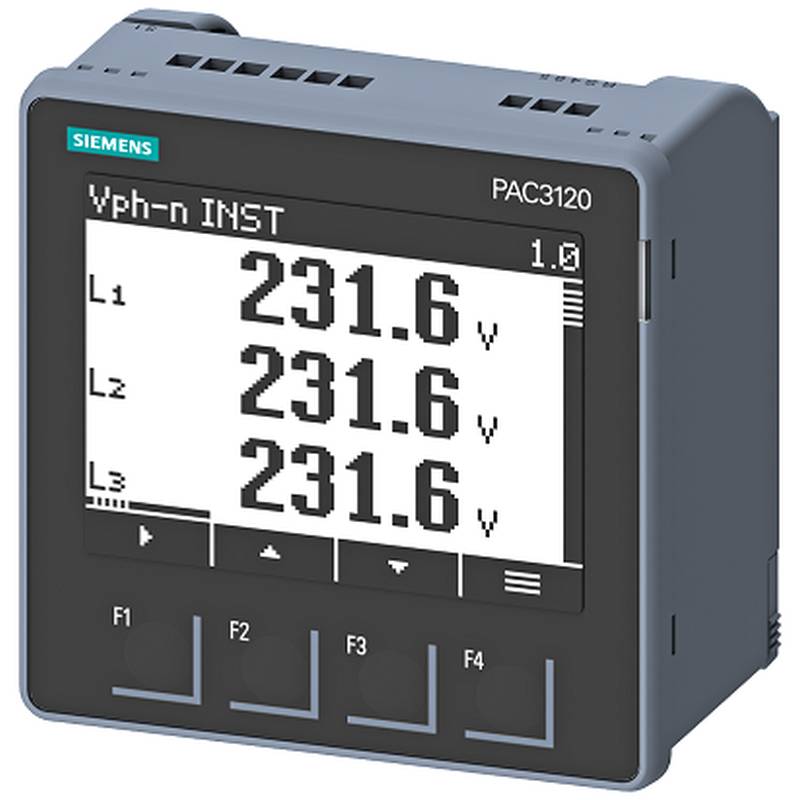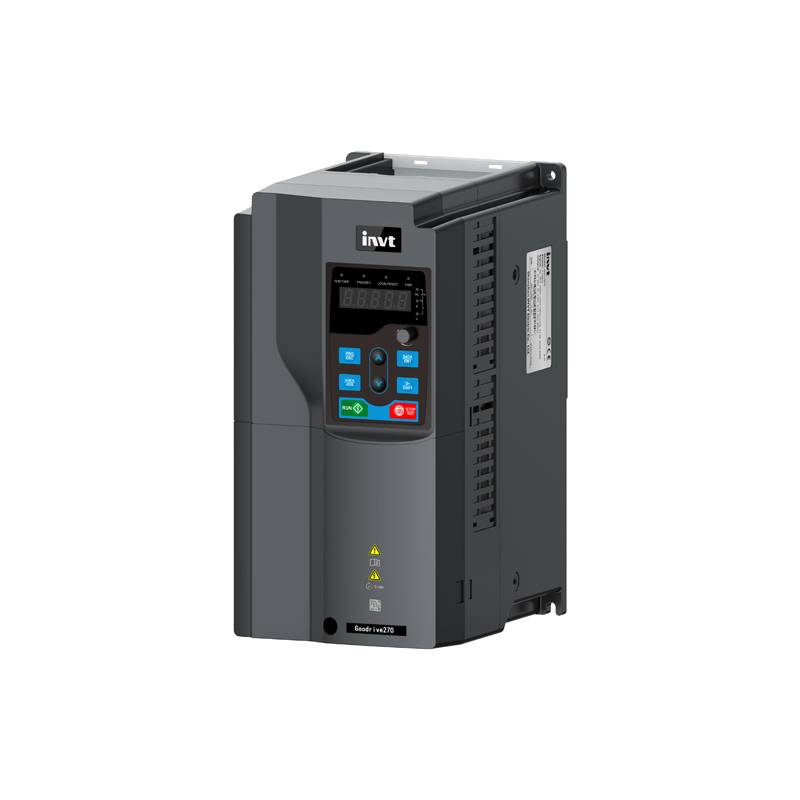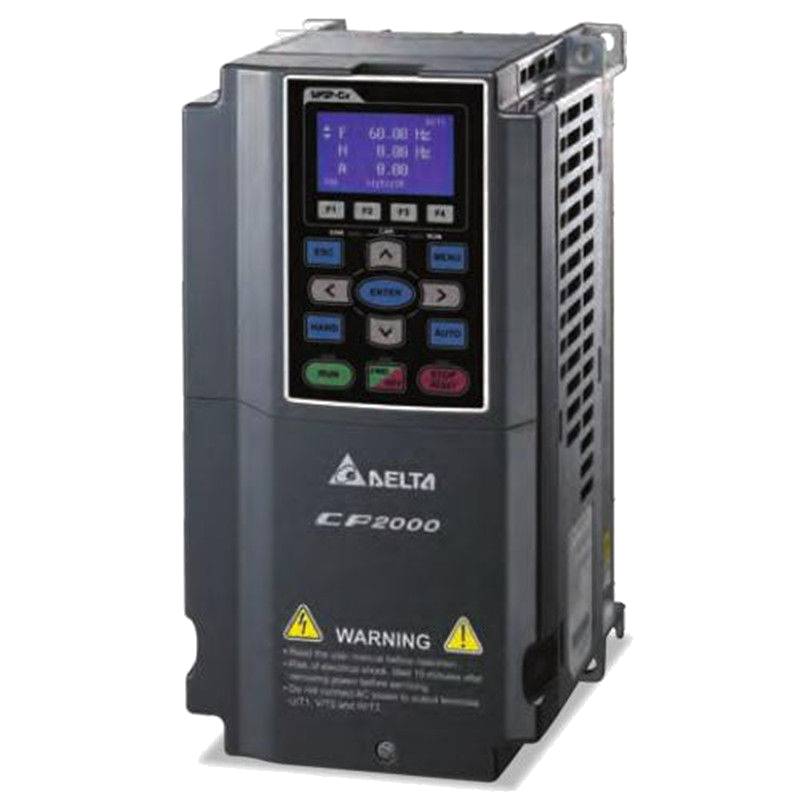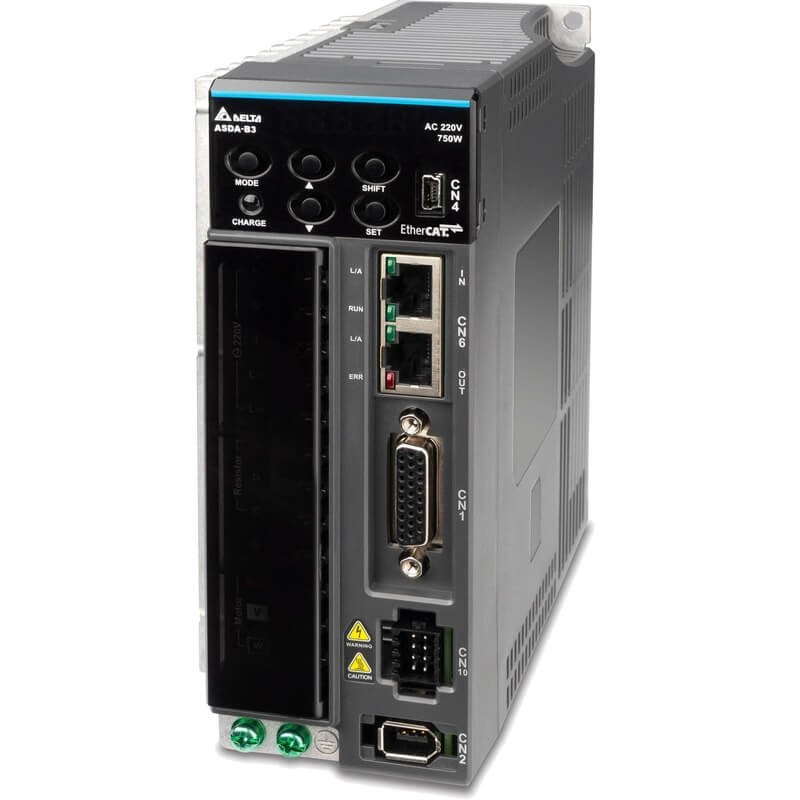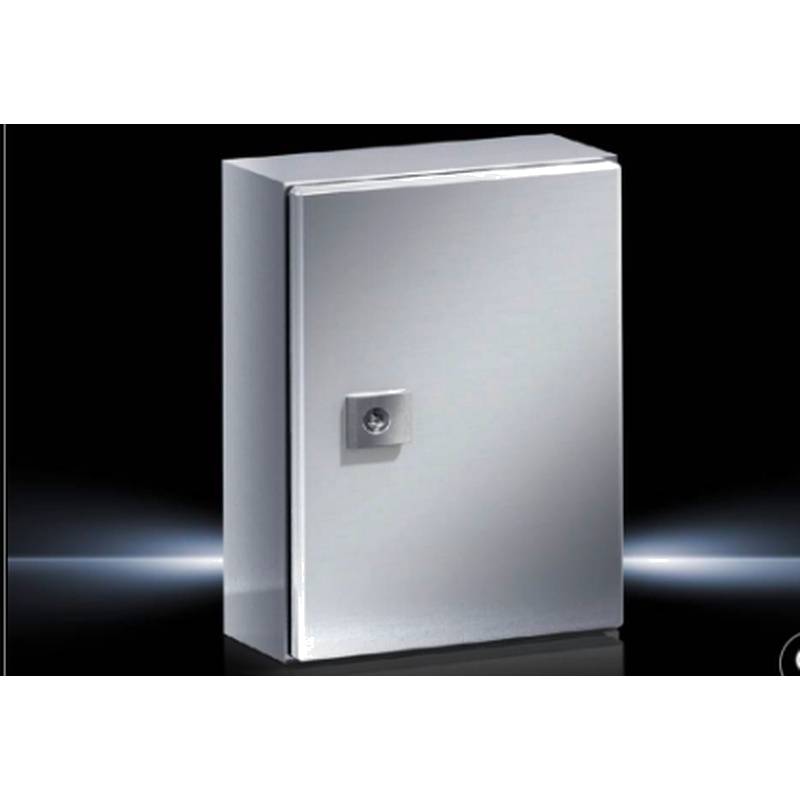
The Siemens 5SU9356-8CN20 is a high-performance residual current circuit breaker with overcurrent protection (RCBO) designed for robust electrical safety in demanding industrial environments. This 20A, 30mA, single-pole plus neutral (1P+N) device offers superior protection against earth faults, short circuits, and overloads, ensuring operational continuity and personnel safety. Its high breaking capacity of 6kA at 230V AC provides a critical safety margin for circuits prone to surges or fault conditions. The Siemens 5SU9356-8CN20 integrates advanced tripping mechanisms for swift fault detection and disconnection, minimizing damage to equipment and preventing electrical fires.
Product Specifications
| Parameter | Specification |
| :------------------------ | :-------------------------------- |
| Product Type | RCBO (Residual Current Circuit Breaker with Overcurrent Protection) |
| Manufacturer | Siemens |
| Model Number | 5SU9356-8CN20 |
| Rated Current (In) | 20A |
| Rated Residual Operating Current (IΔn) | 30mA |
| Number of Poles | 1P+N (Single Pole + Neutral) |
| Rated Breaking Capacity (Icn) | 6kA |
| Rated Voltage (Un) | 230V AC |
| Tripping Characteristic | Type D (for high inrush currents) |
| Insulation Voltage (Ui) | 400V AC |
| Frequency | 50/60 Hz |
| Terminal Type | Screw Terminals |
| Mounting Type | DIN Rail |
| Protection Class | IP20 |
| Ambient Temperature Range | -25°C to +45°C |
Core Features & Market Positioning
The Siemens 5SU9356-8CN20 RCBO stands out in the market due to its robust construction and adherence to stringent international safety standards, offering unparalleled reliability for critical applications. Its Type D tripping characteristic is a significant differentiator, specifically engineered to handle high inrush currents associated with inductive loads like motors and transformers without nuisance tripping. This feature drastically improves system uptime and reduces operational disruptions compared to standard Type B or C breakers. Furthermore, the integrated residual current protection at 30mA provides essential protection against electric shock, positioning it as a vital safety component in industrial settings where personnel safety is paramount. The high breaking capacity of 6kA ensures that the device can safely interrupt fault currents, preventing catastrophic damage to the electrical installation and surrounding equipment. Siemens' reputation for quality and longevity further solidifies the 5SU9356-8CN20's market position as a premium, dependable solution for complex electrical protection needs.
Key Application Scenarios
This Siemens RCBO is ideally suited for a wide array of industrial applications where reliable protection and safety are non-negotiable. It is particularly effective in protecting circuits powering motors, pumps, compressors, and other machinery that exhibit high starting currents, thanks to its Type D tripping curve. These applications are common in manufacturing plants, heavy industry, and process automation systems. The 30mA sensitivity makes it an excellent choice for protecting personnel against indirect contact in environments with increased risk of electric shock, such as areas with damp conditions or where conductive materials are present. Furthermore, the 5SU9356-8CN20 is a crucial component for main distribution boards and sub-distribution panels in commercial buildings, workshops, and laboratories, safeguarding sensitive electronic equipment and ensuring continuous operation. Its single-pole plus neutral configuration is standard for many single-phase circuits, making it a versatile solution for diverse electrical installations requiring both overcurrent and earth fault protection.
Practical System Integration Guidance
Integrating the Siemens 5SU9356-8CN20 RCBO into existing or new electrical systems is a straightforward process, designed for efficiency and safety. The device mounts directly onto a standard 35mm DIN rail, facilitating rapid installation in distribution boards and enclosures. Connection is achieved via robust screw terminals, compatible with a range of conductor sizes, ensuring secure and reliable electrical contact. For proper function, the line conductor (live) must be connected to the terminal marked "L" and the neutral conductor to the terminal marked "N". It is imperative that the neutral conductor is also switched by the RCBO, as indicated by the 1P+N designation, to ensure complete isolation during tripping. Earthing should be provided to the system but is not directly connected to the RCBO itself; it remains a separate protective measure. Always ensure that the upstream protective device (e.g., main circuit breaker) has a rated current and breaking capacity compatible with the 5SU9356-8CN20 to maintain the integrity of the overall protection scheme. Before energizing, a thorough visual inspection and continuity test should be performed to confirm correct wiring and absence of short circuits.
Operation and Risk Mitigation
The Siemens 5SU9356-8CN20 operates by continuously monitoring the balance of current between the live and neutral conductors. Should an imbalance occur, indicative of current leaking to earth (a fault condition), the RCBO rapidly trips and disconnects the circuit. In parallel, it monitors for overcurrent conditions resulting from overloads or short circuits. The Type D characteristic allows for a higher multiple of rated current to flow momentarily during start-up before tripping, thus preventing unnecessary disconnections. To mitigate risks, ensure proper installation by qualified personnel, adherence to local electrical codes, and regular testing of the RCBO's functionality using its integrated test button. Avoid exposing the device to excessive moisture, extreme temperatures, or corrosive environments beyond its specified operating limits (IP20 protection). In the event of persistent or repeated tripping, do not simply reset the breaker; investigate the cause of the fault thoroughly, as it may indicate a more serious issue with the circuit or connected equipment.
Scalability & Long-Term Value
The Siemens 5SU9356-8CN20 RCBO is designed for seamless integration within Siemens' broader electrical distribution portfolio, offering excellent scalability and long-term value. Its standard DIN rail mounting and terminal configurations ensure compatibility with a vast range of existing Siemens switchgear, panels, and modular devices, allowing for straightforward expansion or upgrades of electrical installations. This modularity means that as power requirements or safety regulations evolve, systems incorporating this RCBO can be easily adapted without requiring a complete overhaul. While the 5SU9356-8CN20 itself is a mature and highly reliable product, its integration capabilities align with modern trends towards intelligent electrical systems. For advanced digital integration, it can be complemented by other Siemens devices that offer monitoring and communication features, paving the way for enhanced diagnostics and predictive maintenance within an Industrial Internet of Things (IIoT) framework, thereby maximizing operational efficiency and system lifespan.
---
Frequently Asked Questions (FAQs)
1. What is the primary function of a Siemens 5SU9356-8CN20 RCBO?
This device combines two crucial protection functions in one unit. It safeguards against dangerous residual currents, preventing electric shock hazards.
It also provides overcurrent protection against overloads and short circuits, protecting wiring and equipment from damage.
The 5SU9356-8CN20 ensures electrical safety and operational continuity in various industrial and commercial settings.
2. How does the Type D tripping characteristic benefit my application?
Type D breakers are designed to handle high inrush currents from inductive loads. This includes motors, transformers, and solenoid coils during their start-up phase.
Without this characteristic, such high temporary currents would cause nuisance tripping with standard Type B or C breakers, leading to operational interruptions.
The 5SU9356-8CN20's Type D curve ensures reliable operation for machinery with significant starting power demands.
3. What is the significance of the 30mA residual current rating?
A 30mA tripping current is considered the threshold for protecting against dangerous electric shock for humans. It ensures rapid disconnection before severe injury can occur.
This sensitivity makes the RCBO ideal for protecting personnel from indirect contact with live parts in case of insulation failure.
It is a standard requirement for many circuits, particularly those in areas with increased risk or where sensitive individuals might be present.
4. Can the Siemens 5SU9356-8CN20 be used for both residential and industrial installations?
While it meets high safety standards, its 6kA breaking capacity and Type D curve are optimized for industrial applications.
Industrial settings often involve machinery with higher power demands and fault current potentials.
For standard residential circuits, a lower breaking capacity RCBO might be sufficient and more cost-effective.
5. What are the key advantages of choosing a Siemens RCBO like the 5SU9356-8CN20?
Siemens is renowned for high-quality, reliable electrical components with a long service life.
This RCBO offers integrated protection, simplifying installation and reducing the number of individual devices needed.
Its robust design and adherence to international standards provide peace of mind for critical safety applications.
6. How do I correctly wire the 1P+N Siemens 5SU9356-8CN20?
The live (L) conductor must be connected to the terminal marked 'L', and the neutral (N) conductor to the terminal marked 'N'.
It is crucial that both the live and neutral conductors are switched by the RCBO for complete circuit isolation.
Ensure all connections are tight and that the incoming power supply is correctly phased before energizing the circuit.
7. What does a 6kA breaking capacity mean in practical terms?
The 6kA rating signifies the maximum fault current the RCBO can safely interrupt without being damaged.
This level of breaking capacity is essential for installations where high fault currents are possible, such as in industrial facilities.
It ensures that the device will effectively protect the circuit and prevent dangerous arcing during a short circuit event.
8. What is the recommended ambient temperature range for operating this RCBO?
The Siemens 5SU9356-8CN20 is designed to operate reliably within an ambient temperature range of -25°C to +45°C.
Operating outside this range can affect the performance and lifespan of the device.
Ensure adequate ventilation around the installed RCBO to maintain optimal operating temperatures.
9. Can this RCBO be used in conjunction with other Siemens protection devices?
Yes, the 5SU9356-8CN20 is part of Siemens' modular system and is designed for compatibility.
It can be easily integrated into Siemens distribution boards and switchgear alongside other circuit breakers and protective devices.
This allows for flexible and scalable electrical system designs, whether for new installations or upgrades.
10. How do I test the functionality of the Siemens 5SU9356-8CN20?
Most RCBOs, including this Siemens model, feature a built-in test button (often marked 'T' or 'TEST').
Pressing this button simulates a residual current fault, and the RCBO should trip, disconnecting the circuit.
Regular testing (e.g., monthly) is recommended to ensure the residual current sensing mechanism is functioning correctly.



















